SOURCE: IDRW.ORG
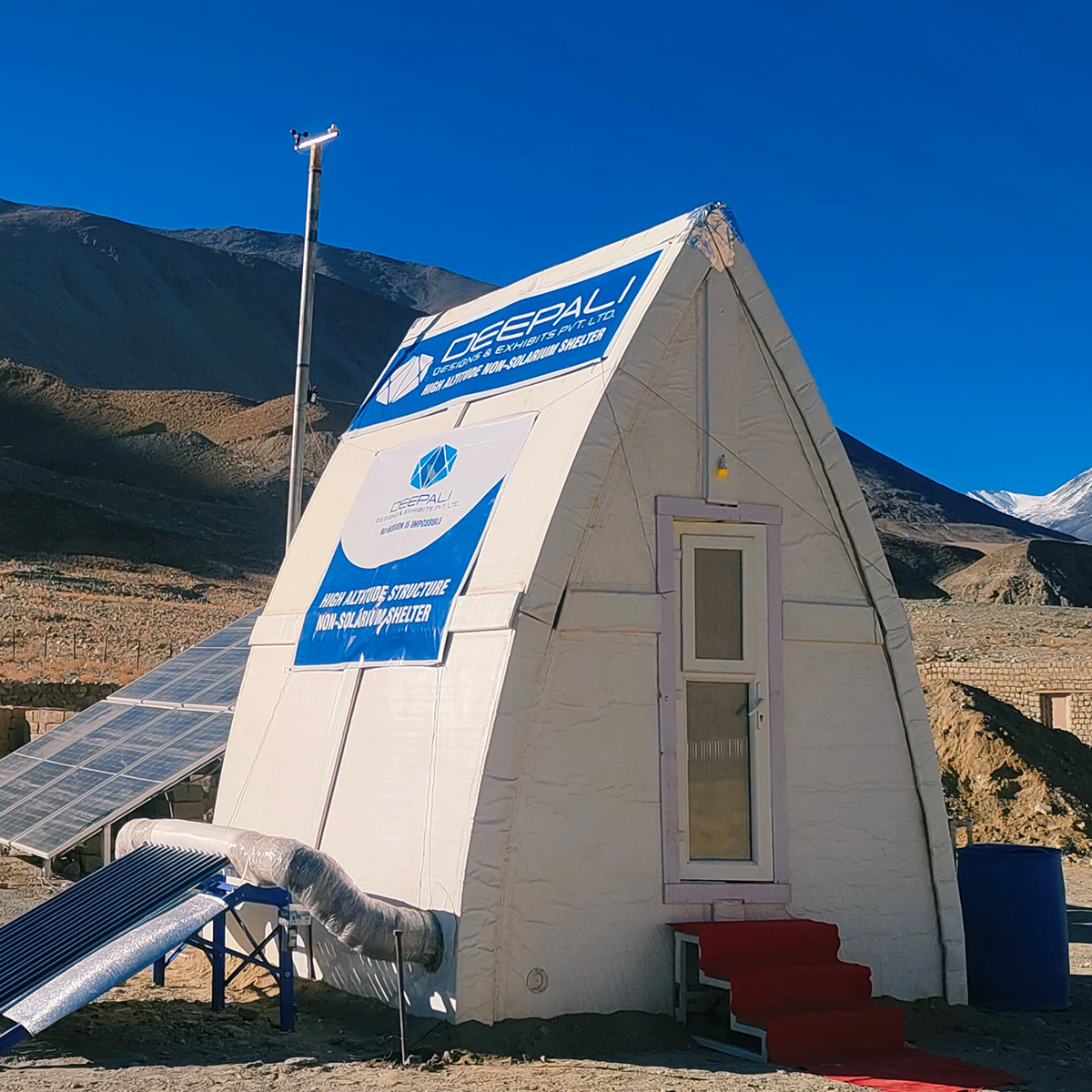

DTECH 360, a leading technology company, has announced the launch of Peak Pods, a groundbreaking high-altitude habitat designed for sub-zero temperature regions. Powered by the indigenously developed OASIS Technology, Peak Pods are the first of their kind in the world, offering a safe, comfortable, and sustainable living solution for challenging environments.
Meticulously engineered to enhance resilience, efficiency, and productivity, Peak Pods are ideal for high-altitude military bases, research stations, adventure tourism destinations, and mountaineering expeditions. A significant technological breakthrough, these pods can maintain a comfortable interior temperature of 15°C even in extreme conditions of -40°C, without relying on fuel or electricity.
Continue readingSOURCE: RAUNAK KUNDE / NEWS BEAT / IDRW.ORG


The Ministry of Defence (MoD), Government of India, has issued a Request for Information (RFI) aimed at the procurement of six (06) Airborne Early Warning and Control (AEW&C) systems, along with the necessary ground segment infrastructure. This RFI invites proposals from registered Indian vendors for the supply of these advanced systems. The AEW&C system is a crucial part of the Indian Air Force’s (IAF) modernization efforts, aimed at enhancing air defense and surveillance capabilities.
The AEW&C systems are a sophisticated “system of systems” designed to provide long-range radar detection and comprehensive situational awareness. The primary functions include Long-range radar detection, Electronic Surveillance Measures (ESM), Communication Support Measures (CSM), Command & Control (C2), Battle management, and Data link-based networking for real-time integration.
Continue readingSOURCE: RAUNAK KUNDE / NEWS BEAT / IDRW.ORG


The Defence Research and Development Organisation (DRDO) has proposed the development of a ground-based version of the RudraM-2 anti-radiation surface-to-surface missile system. Based on the air-launched variant of the RudraM-2, the ground-based version will incorporate a booster stage, enhancing its range and capabilities.
With a range of 300 kilometres and a payload of 200 kilograms, the RudraM-2 missile is capable of reaching speeds of up to Mach 5.5. Its advanced seekers can detect enemy radio frequencies and signals from radars at distances exceeding 100 kilometres.
Continue readingSOURCE: RAUNAK KUNDE / NEWS BEAT / IDRW.ORG


Lt Gen Adosh Kumar, the Director General of Artillery in the Indian Army, has confirmed that the deal for 307 Advanced Towed Artillery Gun Systems (ATAGS) will be procured in 2025. The ATAGS, a towed 155 mm/52 caliber howitzer, has already been cleared for production following the successful completion of user trials.
The contract is expected to be finalized in March, coinciding with the end of the financial year. While the Army has not disclosed which specific variant of the ATAGS it plans to procure, both Tata and Kalyani have developed their own versions of the gun based on the same Technology Transfer (ToT) provided by the Defence Research and Development Organisation (DRDO). However, there are notable differences between the two variants in terms of design and other parameters.
Continue readingSOURCE: IDRW.ORG
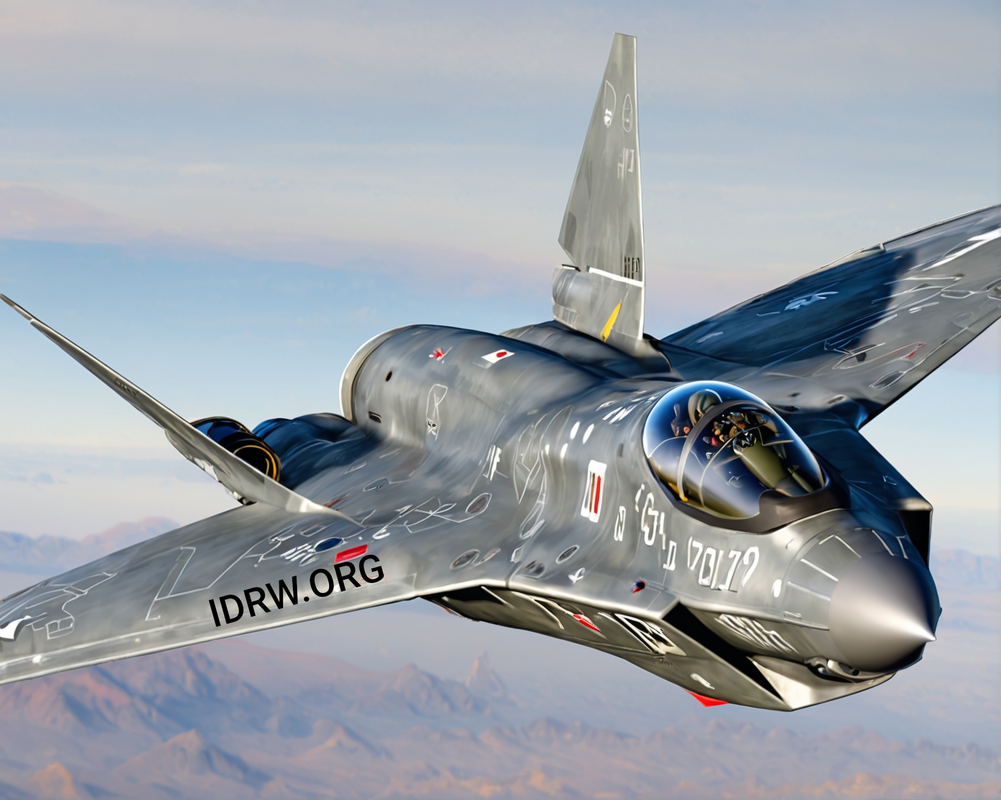

A senior Indian Air Force (IAF) official, speaking to idrw.org under the condition of anonymity, has stated that the proposal for the Su-75 Checkmate, a single-engine stealth fighter developed by Russia’s Sukhoi Design Bureau, is not being seriously considered by the IAF. The official explained that the Su-75 program requires substantial developmental funding from potential customers, making it financially unfeasible for India.
The Su-75 Checkmate was first revealed in the form of a full-size mockup at the MAKS 2021 airshow and followed by a series of patents in 2022, aimed primarily at the export market. Russia has positioned the Checkmate as a competitor to the American F-35, but the official emphasized that the Russian Air Force has no plans to procure the aircraft. This puts the burden of funding on potential export customers, which complicates its viability for the IAF.
Continue readingSOURCE: IDRW.ORG TEAM
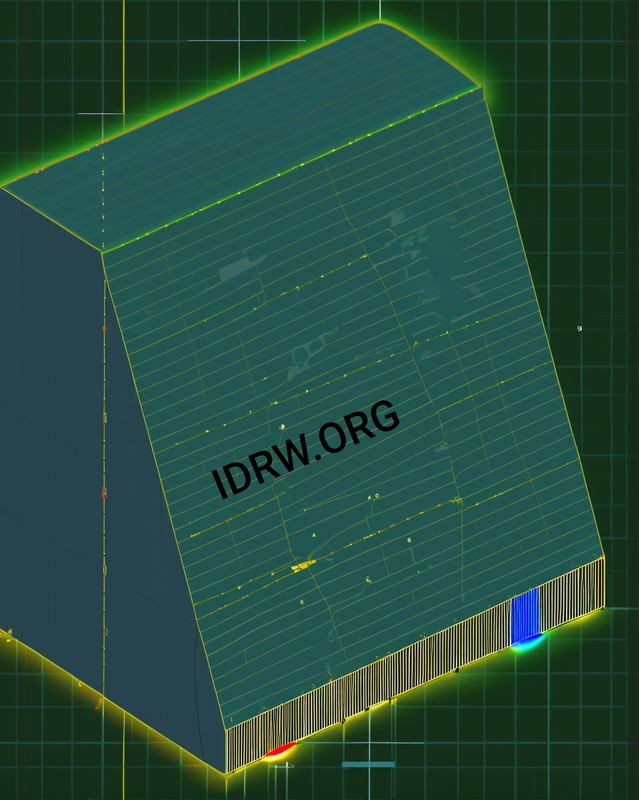

The Indian Space Research Organisation (ISRO) is developing a Space Debris Radar with over 70% indigenous content, marking a significant step towards ensuring the safety of India’s expanding space assets. This radar system is designed to track and monitor space debris, a growing threat to satellites, space stations, and other orbital installations.
As space becomes increasingly congested, the risk posed by debris—ranging from defunct satellites to fragments from past collisions—has become a major concern for spacefaring nations. These objects, often traveling at high velocities, can cause catastrophic damage to operational spacecraft, leading to the loss of valuable equipment and scientific missions. ISRO’s initiative to develop a Space Debris Radar showcases India’s commitment to enhancing the sustainability and safety of its space endeavors.
Continue readingSOURCE: RAUNAK KUNDE / NEWS BEAT / IDRW.ORG
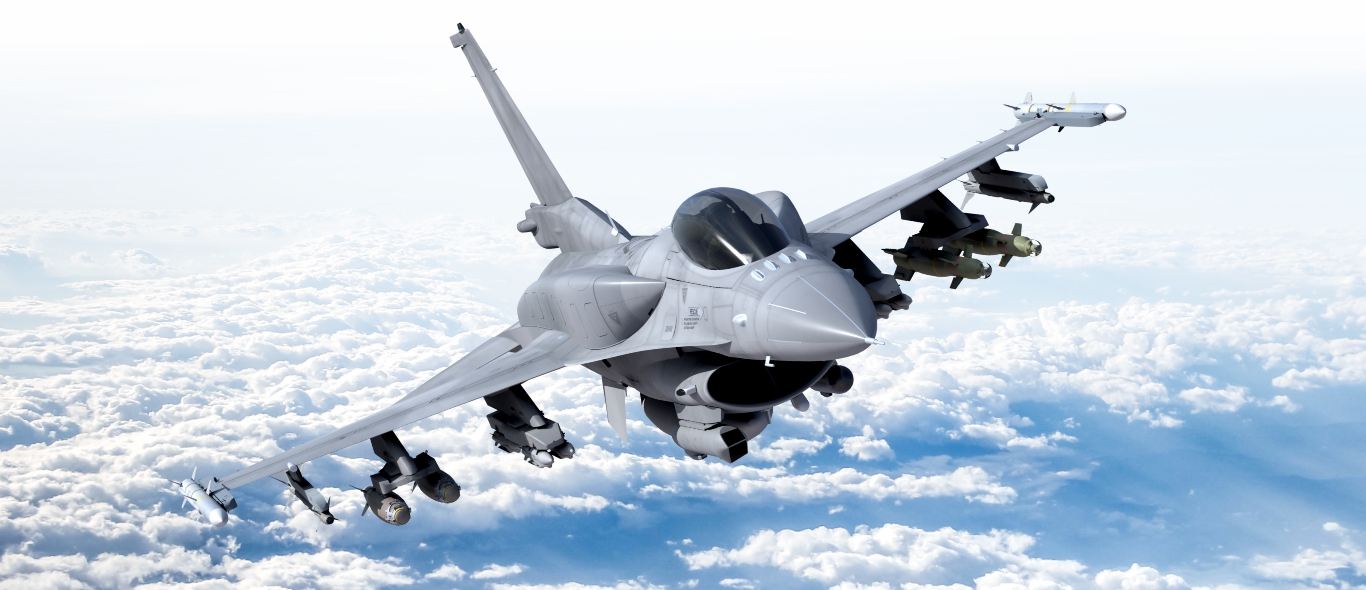

In a conversation with idrw.org, a Lockheed Martin official confirmed that no formal offer has been made to the Indian Air Force (IAF) for the sale of the F-35A fifth-generation fighter jet, despite ongoing speculation following the fighter’s appearance at Aero India 2023. Instead, the company is concentrating on promoting its F-16 variant, now rebranded as the F-21, which includes significant upgrades tailored for India.
The F-21 has been enhanced with a revised glass cockpit, advanced avionics, and features like the Triple Pylon Rail, allowing it to launch multiple AIM-120 air-to-air missiles—a feature not commonly seen on other fighter jets in its class. Lockheed Martin hopes the F-21 will be a strong contender in India’s Medium Multi-Role Combat Aircraft (MMRCA) competition, which seeks to procure 114 aircraft for the IAF, potentially valued at up to $18-20 billion.
Continue readingSOURCE: RAUNAK KUNDE / NEWS BEAT / IDRW.ORG


The Indian Army, which has received an Acceptance of Necessity (AoN) to procure the Future Ready Combat Vehicle (FRCV), is set to conduct a rigorous evaluation of potential bidders. The FRCV, which will replace the T-72 Main Battle Tanks (MBTs) in the Army’s fleet by 2030, is a significant acquisition program that will see intense scrutiny from domestic and international companies.
To ensure that the FRCV program aligns with the government’s “Make in India” initiative, the Indian Army and DRDO will conduct a special audit of all proposals submitted by public and private sector companies. This audit will focus on verifying the indigenous content of the proposed tanks, preventing the introduction of rebadged foreign MBTs into the Indian market.
Continue readingSOURCE: RAUNAK KUNDE / NEWS BEAT / IDRW.ORG
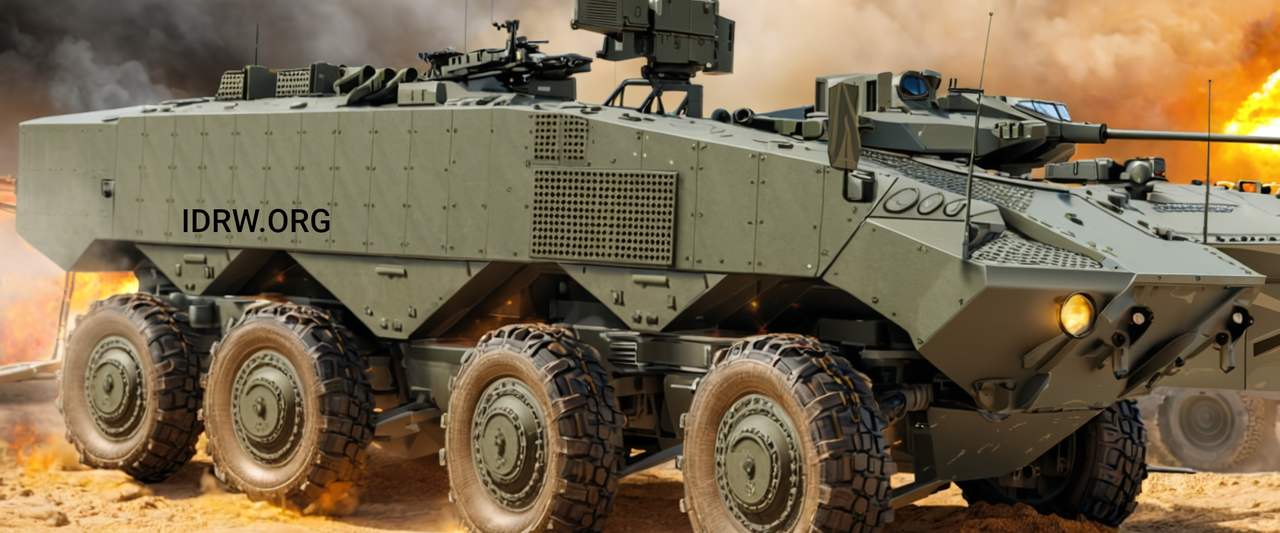

In a significant move towards enhancing the Indian Army’s reconnaissance and support capabilities, the Ministry of Defence (MoD) has reissued the Request for Proposal (RFP) for the procurement of 198 Wheeled Armoured Fighting Vehicles (WH AFV Recce & Support). The project falls under the Buy Indian – IDDM (Indigenously Designed, Developed, and Manufactured) category, reaffirming the government’s commitment to boosting Indigenous defence manufacturing under the “Make in India” initiative.
The MoD has retained the “Buy Indian – IDDM” category as per the Defence Procurement Procedure (DPP) 2016, emphasizing the need for Indian vendors and Original Equipment Manufacturers (OEMs) to supply indigenously developed platforms.
Continue readingSOURCE: IDRW.ORG


Dr. D.K. Sunil, the Chairman and Managing Director (CMD) of Hindustan Aeronautics Limited (HAL), has confirmed that the deal for the F-414 engine with the US firm GE Aerospace is on track to be concluded by the end of this year. The F-414 engine is set to power the Tejas MkII program, a significant upgrade to India’s indigenous light combat aircraft.
While HAL will manufacture the F-414 engine at its upcoming Bangalore facility, the company plans to outsource 40-50% of the program to Indian private sector companies. MTAR Technologies, L&T, Godrej, Azad Engineering and INDO-MIM are some of the Private firms that will be involved in the production of the engine. This strategic move aims to leverage the expertise of various aerospace components manufacturers across the country, fostering a more robust and competitive defence industry ecosystem.
Continue readingSOURCE: IDRW.ORG TEAM


Piotr Wojciechowski, President-CEO of Polish defense company WB Group, has announced that the company has proposed its FLYEYE mini unmanned aerial system (UAS) to the Indian Army. The FLYEYE is a versatile and compact drone designed for a variety of military and civilian applications.
One of the key features of the FLYEYE is its modular design, which allows for easy assembly and disassembly. This makes it highly transportable and can be deployed rapidly in various environments. The drone can be hand-launched without requiring additional equipment, making it suitable for operations in confined spaces and tight areas.
Continue readingSOURCE: RAUNAK KUNDE / NEWS BEAT / IDRW.ORG


The Indian Defence Acquisition Council (DAC) approved the Acceptance of Necessity (AoN) in March 2023 for an indigenously designed Long-Range Stand-Off Weapon (LRSOW) to be integrated with the Su-30 MKI aircraft. This marks a significant step forward in India’s self-reliance in developing advanced weapon systems.
Initial reports suggested the LRSOW would be an air-launched cruise missile with a subsonic speed and a range of 1000-1500 kilometres. However, recent developments indicate that the LRSOW will be incorporated into the existing RudraM family of air-to-surface missiles developed by DRDO.
Continue readingSOURCE: RAUNAK KUNDE / NEWS BEAT / IDRW.ORG
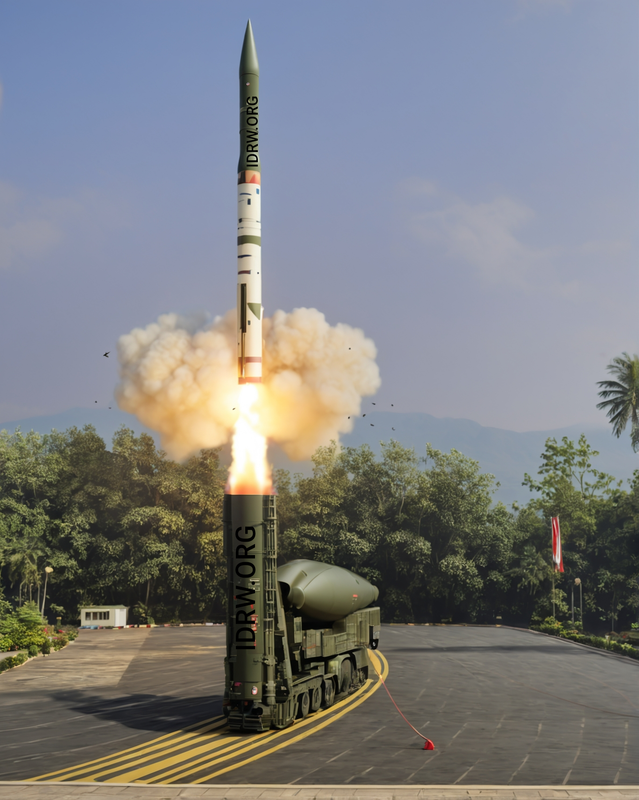

Following the successful development and testing of the Agni-5 MkII, the Defence Research and Development Organisation (DRDO) has turned its attention to the Agni-IV MkII. This upgraded version of the Agni-IV intermediate-range ballistic missile is expected to incorporate several enhancements, including a significant reduction in weight through the use of composite materials.
The Agni-IV, a nuclear-tipped missile with a range of approximately 4,000 kilometres, has been a cornerstone of India’s nuclear deterrence. The Agni-IV MkII is anticipated to extend this range to around 5,000 kilometres, bringing a larger portion of China within its striking distance.
Continue readingSOURCE: RAUNAK KUNDE / NEWS BEAT / IDRW.ORG
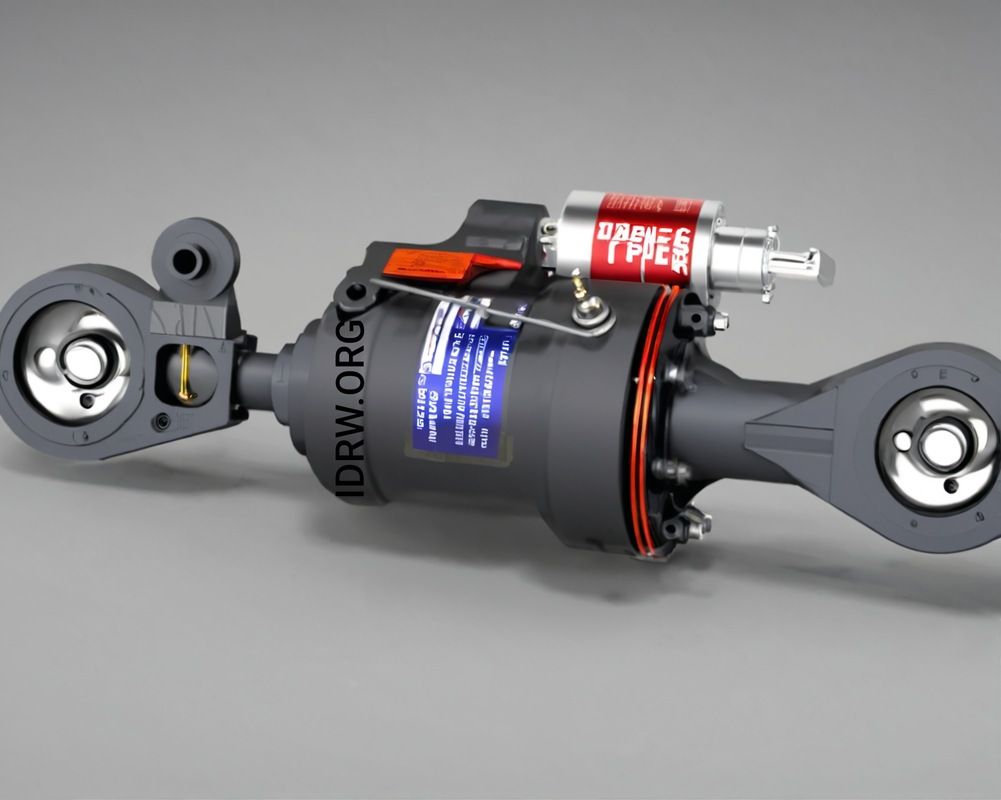

Bengaluru-based TimeTooth Technologies Pvt. Ltd. has secured a significant contract to develop Rotor Damper systems for Hindustan Aeronautics Limited’s (HAL) Advanced Light Helicopter (ALH Dhruv) and Light Combat Helicopter (LCH Prachand) programs. This marks a crucial milestone for the Indigenous aerospace industry as TimeTooth will focus on developing, qualifying, and eventually producing these systems over the next few years, aligning with India’s push for self-reliance in critical defence technologies.
The development phase is expected to span two years, during which TimeTooth Technologies will work closely with HAL to ensure the systems meet stringent performance and safety standards. Following successful qualification, the company will begin production, with supply contracts likely extending for five years and beyond. This long-term collaboration not only supports the ongoing ALH Dhruv and LCH Prachand helicopter programs but also signifies HAL’s commitment to fostering homegrown solutions for critical components.
Continue readingSOURCE: IDRW.ORG


Big Bang Boom Solutions Private Limited, a leading technology company based in Chennai, has developed the Vajra Strike, a cutting-edge direct energy weapon designed to neutralize aerial threats with unparalleled precision and speed.
Leveraging focused energy beams, the Vajra Strike provides a powerful and effective solution for countering drones and other aerial threats. Its pinpoint accuracy and rapid response capabilities ensure that it can swiftly neutralize targets without causing collateral damage.
Continue reading